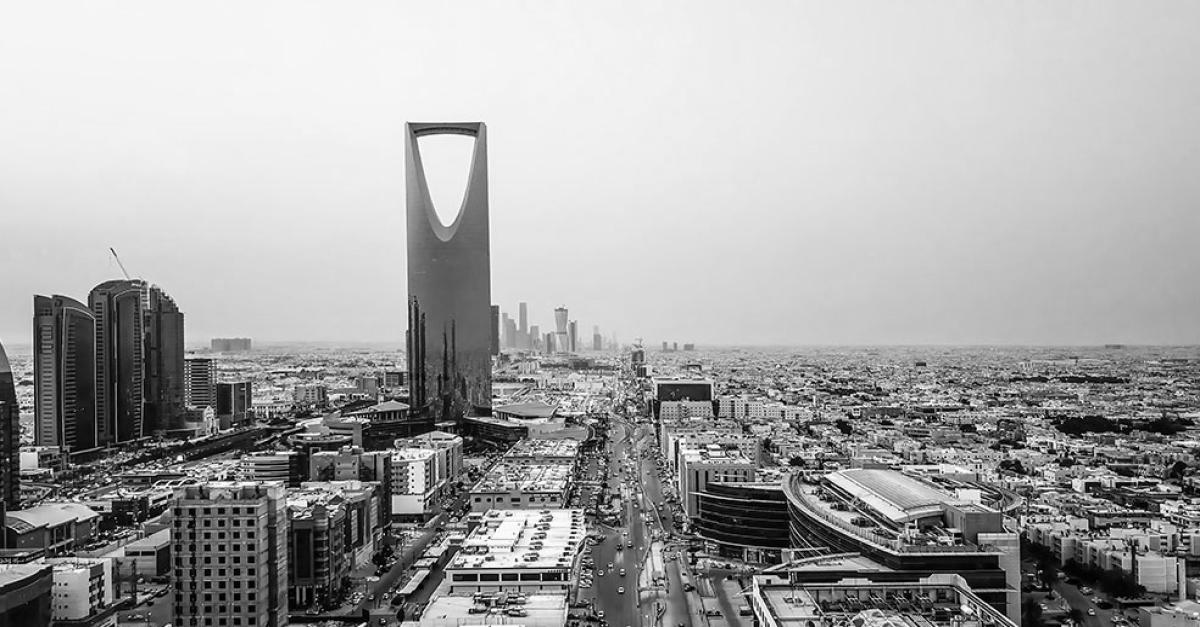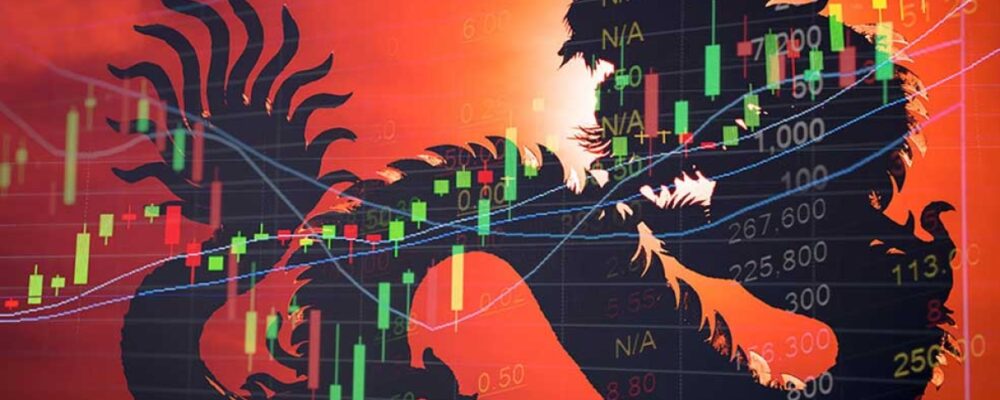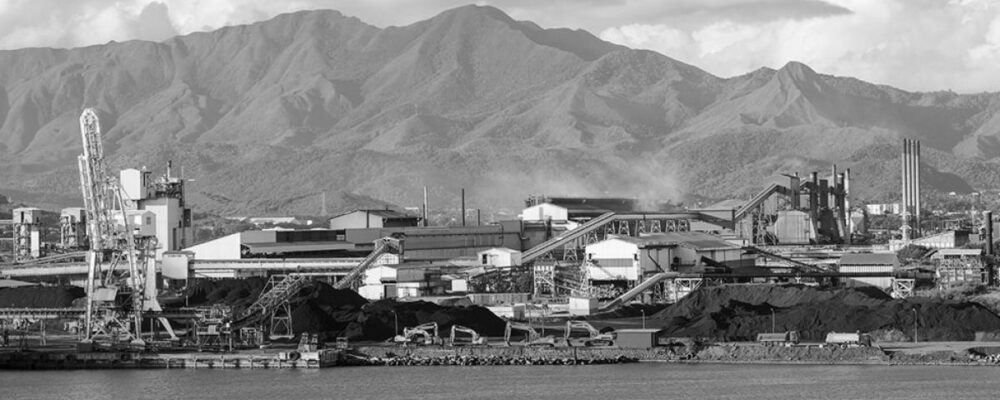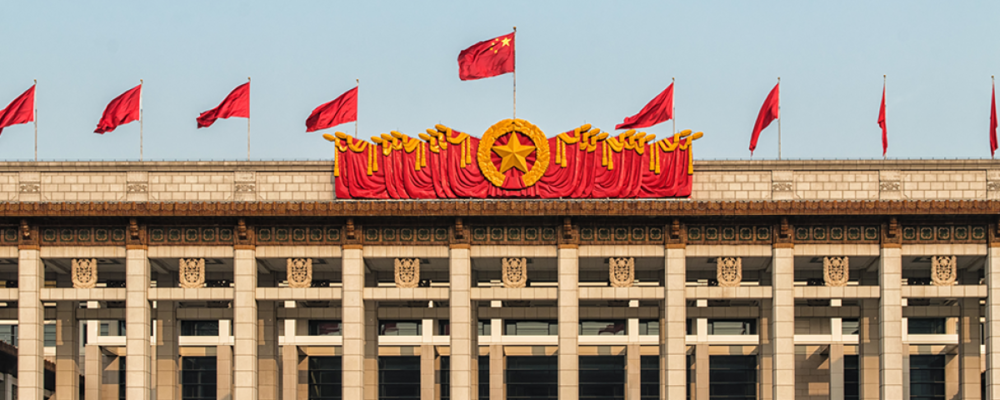Some visibility began to emerge in 2021, when the Kingdom added a key planning tool to Vision 2030: the National Investment Strategy (NIS). This gave an indication of the investments that would be needed to deliver on the plan’s ambitions and of the stakeholders involved in financing them: Vision 2030 calls for a total investment of USD3 trillion between 2019 and 2030 (around three times the country’s 2023 GDP).
First stop: the budget
The government’s fiscal strategy has changed. Saudi Arabia’s fiscal policy has so far been very procyclical. Budgets have been consistently and significantly adjusted, with discretionary expenditure either exceeded or cut, depending on oil price movements: in other words, a stop-and-go strategy to cater for oil price volatility, since 60-65% of budget revenue is still dependent on oil. However, medium-term projections targeted budget surpluses and a reduction in debt.
The change of course is now clear: the government intends to recalibrate its expenditure forecasts so as to make greater use of its fiscal space to deliver on Vision 2030. Saudi Arabia will therefore run a budget deficit until 2030, which means the plan will be partly financed by debt. The IMF has thus revised its medium-term fiscal trajectory for the country, with an average deficit target of 3% over 2024 2029. That is the equivalent of 5.4% of non-oil GDP in additional expenditure compared with the IMF’s 2023 consultation. As for procyclicality, the IMF is simply suggesting that this be reduced by capping discretionary spending if oil prices are favourable, so as to smooth the expenditure profile.
Second stop: the Public Investment Fund (PIF)
This fund is central to the strategy and is expected to provide $800 billion of investment. It is, in particular, responsible for “giga-projects”. For a government that depends on oil revenue, it is a fairly classic strategy to smooth its income profile and diversify its revenue through a sovereign fund – or, often, more than one such fund (because why keep things simple when you can make them complicated?). However, this works by transferring surplus oil revenue when prices are favourable. But what surplus revenue? Based on current (rather favourable) oil price projections, the government will be running a deficit over the entire period of the Vision 2030 plan.
Yet the fund’s assets under management have risen from $223 billion in 2017 to $925 billion (87% of 2023 GDP) at the beginning of 2024. However, around 45% of this increase is the result of the gradual transfer of 16% of the government’s stake in Aramco – clearly a transfer of future budgetary revenues. To offset this transfer, a new dividend has been introduced based on the oil company’s performance. In other words, greater reliance is being placed on Aramco’s profits to fund the budget and the PIF. The IMF thinks there will, nevertheless, be an impact on the budget: budgetary revenue will be lower than previously forecast (by as much as 4% by 2029). More importantly, though, this leaves an unanswered question: where will the resources needed to continue to grow the size of the PIF come from? Here again, one of the answers could be debt: for the time being, the fund has scope to increase its borrowing.
Third stop: blue-chip publicly-owned companies
This is where the Shareek (literally “partner”) programme and its $1.3 trillion dollars come into play. This programme was launched in 2021, along with the NIS. The idea is to tap the potential offered by large publicly-owned companies by making them contribute to the investment effort through a programme of incentives. What is at stake here is not just the private sector’s growing share of the economy (with a target of 65% in 2030) but also the industrial policy component of Vision 2030. For the time being, 8 companies have signed up for 12 projects in strategic sectors to the tune of $51 billion.
And indeed, why not tap the financial wealth of publicly owned companies? Well, looking more closely at their ownership structure (see table above), the Kingdom’s different resources are begin to look quite intertwined. The IMF’s review reached an important conclusion: when it comes to analysing the public debt trajectory and the government’s fiscal headroom, it is no longer enough simply to look at budget numbers. But there is currently no consolidated view of the public sector balance sheet – something that is becoming increasingly necessary as the number of stakeholders involved in Saudi Vision 2030 grows. This is especially the case given that investments by some parties reduce their free cash flows, thus reducing other parties’ revenue.
Fortunately, there is a fourth stop: foreign investors
Ever since the launch of Vision 2030, attracting foreign capital to Saudi Arabia’s transformation project has been a key objective: foreign investors are slated to contribute around $500 billion to the project’s total financing bill. The shorter the supply of foreign capital, the greater the pressure on domestic resources to fund the plan, and therefore the greater the risk of an overheating economy and growing fiscal and external imbalances. For the time being, foreign direct investment has fallen well short of the targets set out in the NIS (at $16 billion in 2023, compared with a target of $22 billion). This is down to the business environment, since recent reforms will only bear fruit gradually. Also at stake is the issue of transforming Saudi Arabia’s image. And lastly, there is a degree of scepticism in the investor community with regard to Vision 2030 projects, with many investors awaiting evidence of their feasibility.
So, can Saudi Arabia afford its ambitions?
The IMF’s answer to this question is basically that we don’t know. And neither do we know to what extent the Kingdom will be willing to stretch its resources at the risk of worsening its fiscal and external balances and overheating its economy. In fact, the country has embarked on an exercise to recalibrate Vision 2030’s funding requirements based on an analysis of its fiscal space. It seems this will result in some projects being scheduled, with some extended. This exercise has been welcomed, providing reassurance as to the government’s ability to dynamically manage a plan of this scale. However, what the IMF is mainly telling us is that, at this stage, there is a high level of uncertainty: even the IMF itself has not had access to the results of the exercise.
It is now eight years since Saudi Arabia embarked on a transformation project, unprecedented in its scale. As the project moves into the second half of its timeline, many questions surround the delivery of Vision 2030. But the main point that emerges from the IMF’s consultation is that Saudi Arabia has offered little visibility as to how it intends to dynamically manage the plan, leaving potential investors scratching their heads. We know that a recalibration exercise is underway (in fact, the press announced some time ago that the ambitions of the Neom project1 had been revised). Surprisingly, this is not seen as a failure but has been warmly welcomed by the IMF and investors, who would rather be assured that the country is not pursuing projects that are beyond its means. However, as the vision moves forward, there is a heightened need for more clarity, and in particular for the authorities to provide the following:
- An accurate assessment of the consolidated resources available to the public sector (especially as the different sources of funding are interconnected).
- A clear strategy setting out which projects will take priority, and what each is expected to deliver in terms of jobs and multiplier effect (impact on growth).
- Clarification of the impact on the public and external debt trajectories.
- An understanding of the economic policy trade-offs that will be made if resources have to be revised: what has been left unsaid is that, paradoxically, during the transition period, diversification makes Saudi Arabia even more reliant on its oil revenue. What if it turns out that the country’s oil revenue limits the resources available to the budget, the PIF and Aramco?
“Crédit Agricole Group, sometimes called La banque verte due to its historical ties to farming, is a French international banking group and the world’s largest cooperative financial institution. It is France’s second-largest bank, after BNP Paribas, as well as the third largest in Europe and tenth largest in the world.”
Please visit the firm link to site






